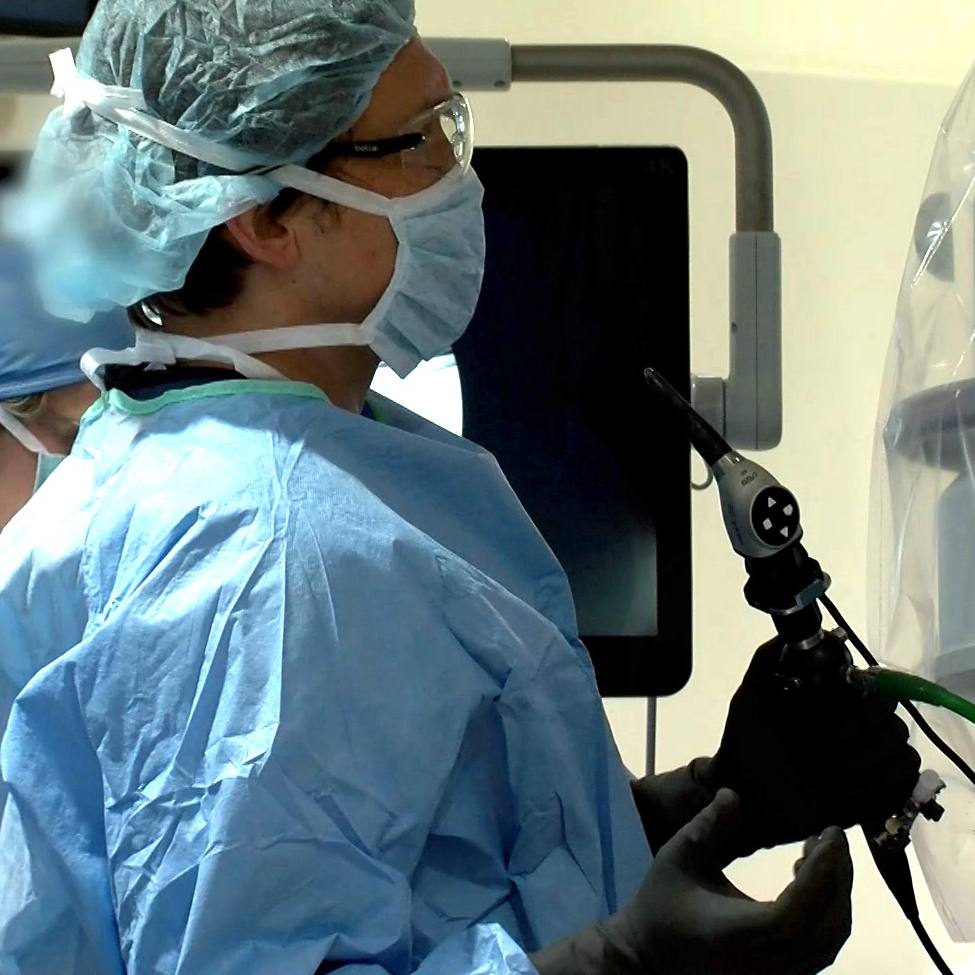-
Health & Wellness
Will Patients With Chronic Inflammatory Condition Need Repeat Cortisone Injections?
March 23, 2012
Dear Mayo Clinic:
How do cortisone shots work to relieve pain? It appears that they only provide temporary relief and are often given multiple times. Is there a point at which frequent cortisone shots can be harmful to the body? How much is too much?
Answer:
Injections of cortisone, or a similar corticosteroid, decrease inflammation in an injured part of the body. When body tissue is injured, a series of events occurs locally and within the bloodstream to promote healing. Inflammation can result from this healing process and, frequently, the inflammation causes pain. Injecting corticosteroids into the inflamed area helps to calm the inflammation. As the inflammation subsides, the pain does too.
Cortisone is naturally produced in the body's adrenal glands. It was discovered in the 1940s by Mayo Clinic researchers, Edward Kendall, Ph.D., and Philip Hench, M.D., who first used it to treat joint disorders. Its powerful anti-inflammatory effect produced such dramatic results in people with rheumatoid arthritis that it was hailed as a miracle drug. In 1950, Drs. Kendall and Hench were awarded the Nobel Prize in Medicine for the discovery of cortisone.
In current medical practice, corticosteroids are used to treat a variety of inflammatory diseases, including bursitis, carpal tunnel syndrome, rheumatoid arthritis, tendinitis and gout. Corticosteroids can be given by mouth or injected into affected joints, including the ankle, elbow, hip, knee, shoulder, hand and wrist. Injections near the spine are also common.
You are correct that corticosteroid injections do not provide a permanent cure. However, pain relief from a corticosteroid injection may last from several weeks to several months, depending on the medical condition and the patient receiving it. Ideally, the relief provided by the injection decreases or eliminates pain long enough to allow the injury to completely heal. It is not uncommon, though, for repeat injections to be needed in patients experiencing chronic inflammatory conditions.
Corticosteroids cause a number of side effects which can be limited to the area injected or affect the entire body. Side effects increase with larger doses and repeated clinical use. For this reason, physicians may limit the number of injections and the cumulative amount of corticosteroid that is given. Typically, corticosteroid injections are not given more often than every six weeks, and usually not more than three or four times a year. But these are only guidelines. A patient's situation dictates the timing and frequency of treatment.
Side effects may include weakening of the joint, increased blood pressure, elevation of blood sugar, and decreased ability to fight infection. Evidence of these side effects should be reported to the doctor monitoring the condition.
Also important to note is that, although corticosteroid injections into a joint can relieve pain and restore mobility, in many cases they are combined with other medications and physical therapy to treat the underlying medical problem or injury. Physical therapy is particularly crucial because it can strengthen the muscles surrounding the injured area, so those muscles can provide proper joint support. This will increase the likelihood of long-term healing, as well as reduce the risk of repeat injury.
For most effective use, corticosteroid injections should be repeated only when they produce substantial pain relief that lasts several weeks to several months. A physician should closely supervise an individual's total dose of corticosteroid, monitor the patient's benefit, and check regularly for side effects. When used correctly, corticosteroid injections can be a useful part of therapy to treat the pain of acute and chronic inflammatory disease.
— Paul Carns, M.D., Anesthesiology, Mayo Clinic, Rochester, Minn.
Related Articles







